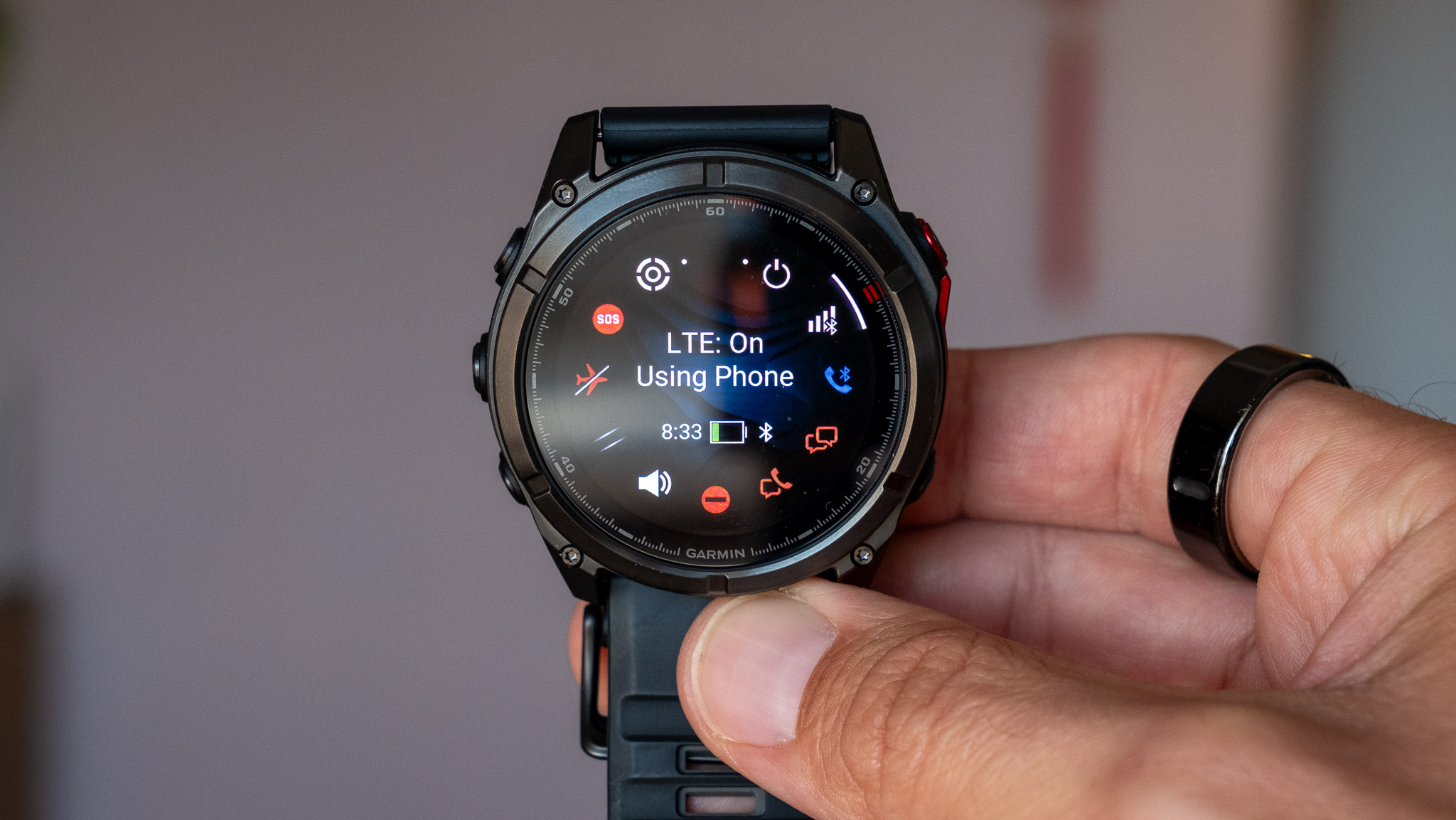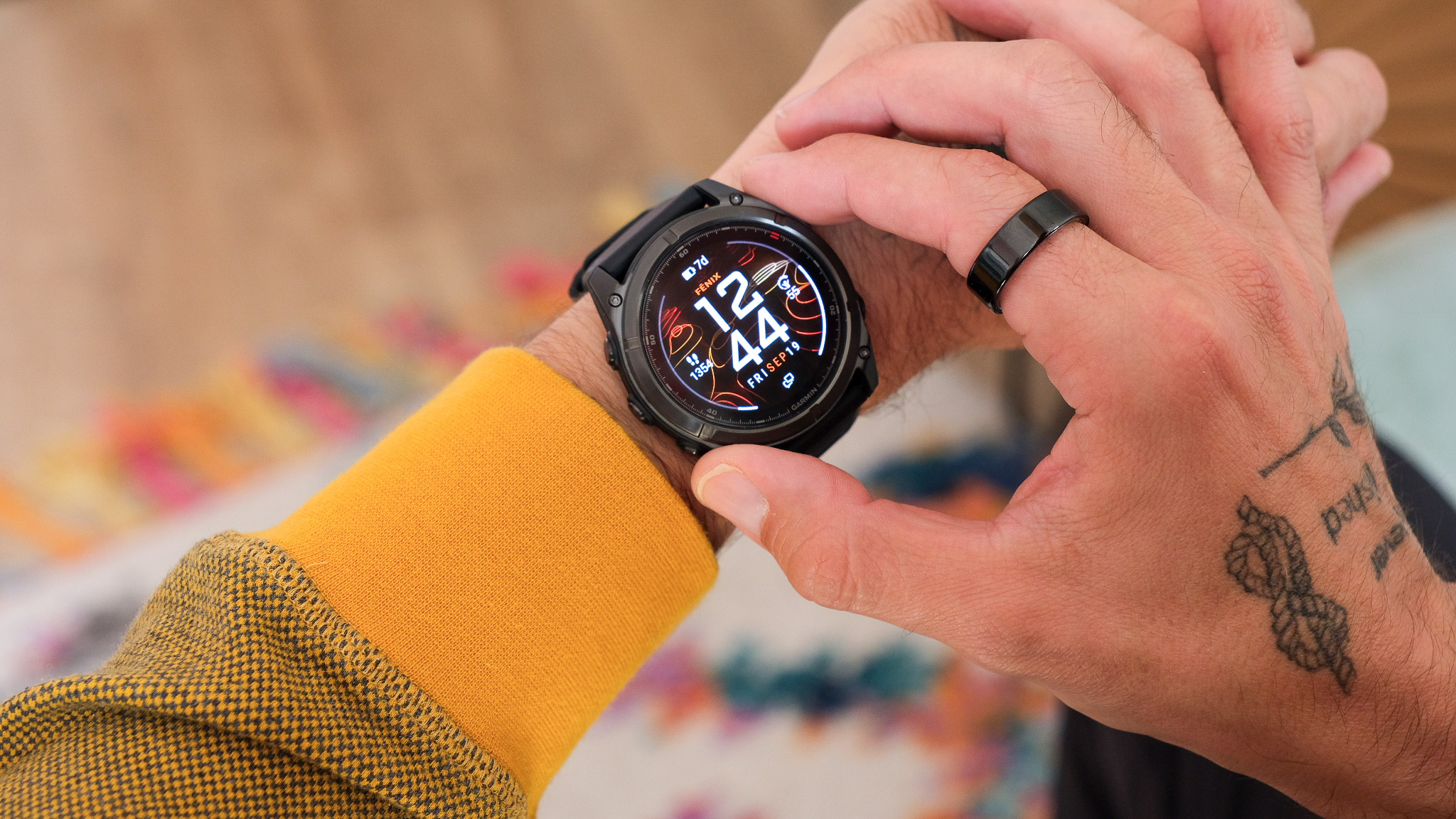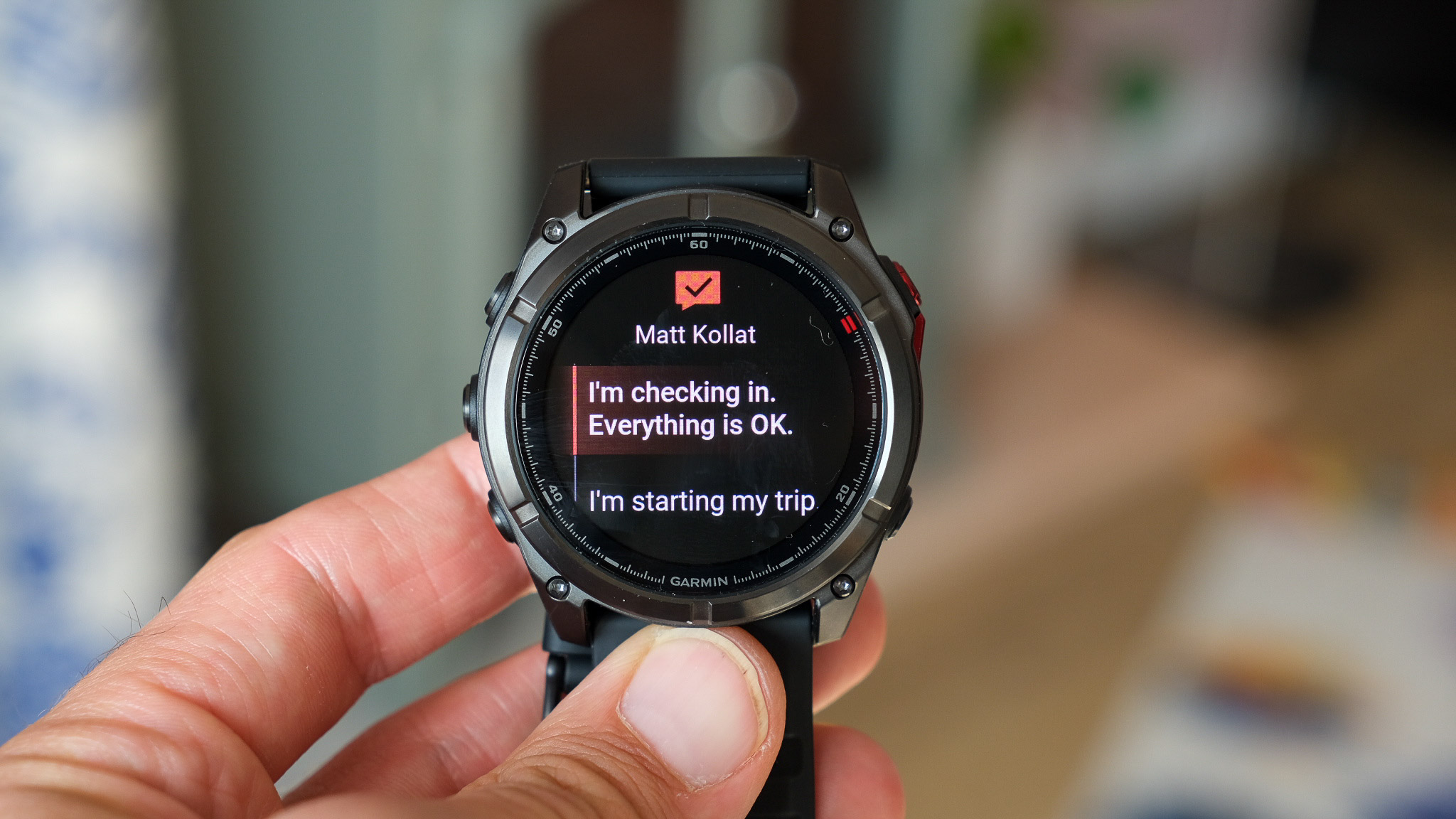Fenix fatigue? Garmin’s record-breaking quarter shows its most famous watch might be losing steam
Garmin just posted huge profits, but slipping outdoor sales suggest even the mighty Fenix 8 Pro couldn’t carry the category


Garmin just posted its strongest quarter in history. The brand reported $1.77 billion in revenue for Q3 2025 and a new high for operating income at $457 million.
CEO Cliff Pemble called it “another quarter of strong financial results,” highlighting robust growth in Fitness (+30 per cent), Marine (+20 per cent) and Aviation (+18 per cent).
Yet behind the upbeat numbers, Garmin’s usually rock-solid Outdoor segment, the home of the Fenix, Enduro and Epix lines, dipped 5 per cent.
It’s not that the Fenix 8 Pro underdelivered: the new MicroLED display and built-in satellite connectivity are headline features.
But after years of rugged dominance, the data hints that adventurers might finally be tiring of the familiar formula.
The company pinned the decline on “timing and product-cycle dynamics,” but it also raises a bigger question: have we reached peak Fenix?
Too tough for its own good
It’s hard to fault Garmin’s flagship outdoor watches. They’re bulletproof, run for weeks, and still receive new features years after launch.
Get all the latest news, reviews, deals and buying guides on gorgeous tech, home and active products from the T3 experts
That longevity is exactly what’s created a new challenge: people simply don’t need to replace them.

Unlike Apple’s annual watch cadence or Samsung’s lifestyle churn, Garmin’s core audience already owns high-end gear that keeps on working.
After multiple boom cycles, the hardcore endurance crowd is saturated. Those who wanted a Fenix already have one.
As a result, Garmin’s premium Outdoor line may be hitting the natural ceiling of its success, which is great for consumers, but trickier for growth.
Pivoting from hardware to ecosystem
Rather than relying on another rugged refresh, Garmin seems to be widening the net.
The company has been busy building services and adjacent categories, from the new Blaze Equine Wellness System to inReach satellite subscriptions and Garmin Messenger connectivity.

These recurring-revenue services tie users deeper into Garmin’s ecosystem, while MicroLED and connected-safety features create fresh upgrade incentives.
Even Pemble hinted at the shift during the earnings call: the brand is “well positioned for the holiday selling season with a strong lineup of innovative products,” signalling a move toward integrated experiences over pure hardware cycles.
Looking ahead to 2026
If Q3 2025 was about proving stability, 2026 will be about evolution.
Expect the new display tech to trickle down into other smartwatches from the brand – maybe the Forerunner and Venu lines – along with slimmer bodies and a heavier focus on health and recovery data powered by AI-style insights.
Garmin’s challenge is no longer convincing people that its watches are good; instead, it’s convincing them they need a new one.
Still, with record profits, $3.9 billion in cash, and the most diverse portfolio in its history, Garmin can afford to take its time.
The Fenix may be too durable for rapid growth, but it’s also proof of why people trust the brand in the first place.

Matt Kollat is a journalist and content creator who works for T3.com and its magazine counterpart as an Active Editor. His areas of expertise include wearables, drones, fitness equipment, nutrition and outdoor gear. He joined T3 in 2019. His byline appears in several publications, including Techradar and Fit&Well, and more. Matt also collaborated with other content creators (e.g. Garage Gym Reviews) and judged many awards, such as the European Specialist Sports Nutrition Alliance's ESSNawards. When he isn't working out, running or cycling, you'll find him roaming the countryside and trying out new podcasting and content creation equipment.
You must confirm your public display name before commenting
Please logout and then login again, you will then be prompted to enter your display name.